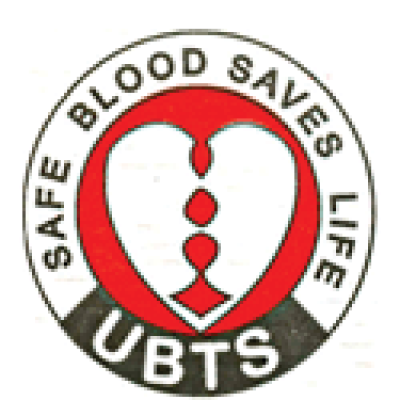Share
Print

The Uganda Blood Transfusion Service is the National Blood Service responsible for all blood transfusion and safety activities for the entire country. The Uganda Blood Transfusion Service was established as an autonomous institution and commissioned in January 2003 by a Board of Directors. It operates within the framework of the National Health Policy (NHP) and the Health Sector Strategic Plan HSSP).
The Uganda Blood Transfusion Service is a centrally coordinated department in the Ministry of Health with efficient central coordination sufficiently decentralized to render service to all regions of the country. The headquarters at Nakasero Blood Bank acts as a reference centre for the regional blood banks and other public and private hospitals. The blood collection depends on healthy volunteer donors with least risk for Transfusion Transmissible Infections (TTIs).
UBTS has grown from a service supplying blood in Central Uganda within a radius of 100 km from Kampala in 1989 to a network of 7 Regional Blood banks which include Arua, Fort-Portal, Gulu, Kitovu, Mbale, Mbarara and Nakasero; Six- (6) blood collection centers in Hoima, Jinja, Kabale, Rukungiri Lira and Soroti. At that time blood collection was mainly replacement donation and hardly any Voluntary Non-Remunerated Blood Donors (VNRBD). The percentage of VNRBD gradually increased to 85% in 1999 and currently stands at 100%.
